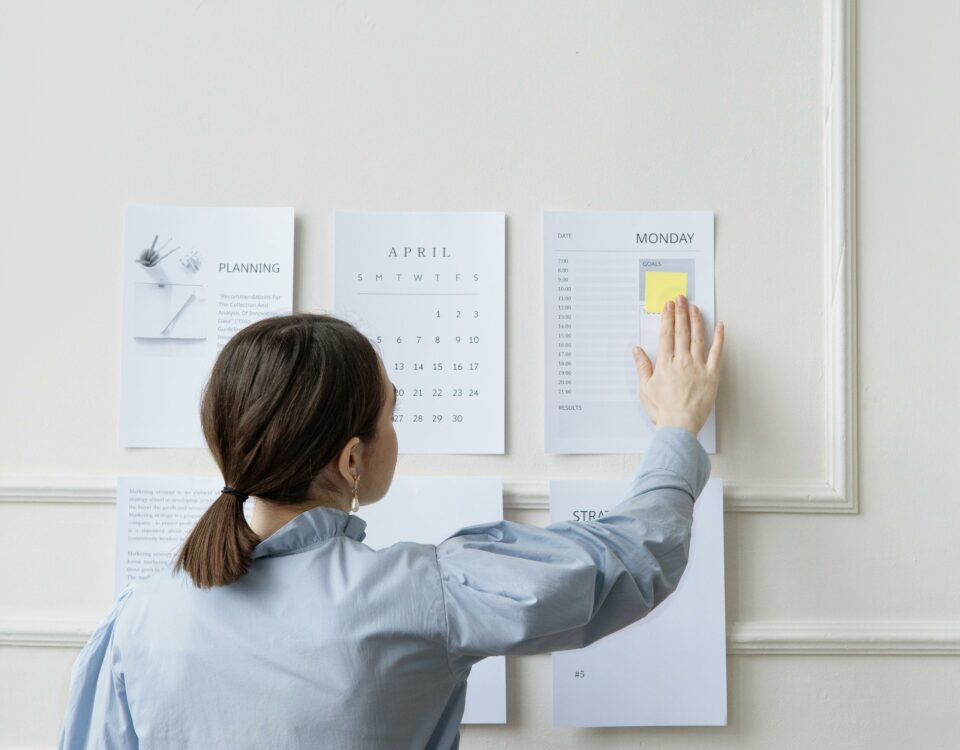- Call us now
- 0161 791 1674
- info@nexusaccounting.co.uk
Tax Free Childcare: A Guide for Contractors, Freelancers and Small Business Owners

Self Assessment Tax Return Deadline Penalties for Contractors & Freelancers
28th April 2025
What is a P11D form?
5th May 2025Juggling the demands of running your own business while raising children presents unique financial challenges. Many self-employed professionals assume that government childcare is only available to traditional employees, but this couldn’t be further from the truth. Tax-Free Childcare offers substantial financial relief to contractors, freelancers and small business owners, potentially saving thousands of pounds annually in childcare costs. In this guide, we delve into how Tax-Free Childcare can be accessible to you.
- What is Tax-Free Childcare?
- How Does Self-Employed Childcare Work?
- How Different Business Structures are Affected
- Contractors
- Freelancers
- Small Business Owners
- Key Differences from Childcare Vouchers
- Keeping On Top of Tax-Free Childcare
- How Nexus Accountants Can Help with Tax-Free Childcare
What is Tax-Free Childcare?
Tax-Free Childcare is a government scheme that provides financial support for working parents. It’s available for children up to 11 years old or 17 for disabled children. The scheme works through a dedicated online account where you deposit funds, receive the government top-up and then pay approved childcare providers directly.
For every £8 you pay into the account, the government adds £2. This effectively gives you a 25% contribution towards your childcare costs. If we look at this annually, you will receive up to £500 every three months (£2,000 annually) per child, or double that amount (£1,000 quarterly, £4,000 annually) for disabled children.
How Does Self-Employed Childcare Work?
All three categories of self-employed professionals (contractors, freelancers and small business owners) are eligible for Tax-Free Childcare, but there are some important considerations for each group.
Universal Requirements
- Minimum earnings equivalent to 16 hours at National Minimum Wage over three months (approximately £2,540)
- Neither parent can have adjusted net income exceeding £100,000
- Child must usually live with you and be under the required age limits
- Must use government-approved childcare providers
Special Consideration for New Businesses: If you’re in your first year of self-employment, the minimum earning requirement is waived, recognising that new businesses may have irregular income patterns during their establishment phase.
How Different Business Structures are Affected
Contractors
Contractors working through limited companies need to be particularly mindful of how their income is structured. Your eligibility is based on your total income, including both salary and dividends. If you’re caught by IR35 rules and deemed an employee for tax purposes, this doesn’t affect your Tax-Free Childcare eligibility. You’re still considered self-employed for this scheme.
The quarterly reconfirmation process can be especially relevant for contractors, as project-based work may create fluctuating income patterns. It’s crucial to maintain records showing you meet the minimum earning threshold consistently.
Freelancers
Freelancers operating through limited companies need to carefully manage their salary and dividend mix to optimise both tax efficiency and childcare scheme eligibility. Your total income from the company, including PAYE salary, dividends and any benefits in kind, counts toward the eligibility calculation.
Many freelancers use a low salary/high dividend strategy for tax efficiency, but this requires careful planning to ensure you consistently meet the minimum earning threshold. Seasonal freelancers or those with project-based income should consider maintaining a regular monthly salary to provide consistent eligibility, supplemented by dividends when cash flow allows.
Small Business Owners
Small business owners operating through limited companies face unique considerations. Your eligible income includes salary, dividends and any other income from the company. This structure often provides the most flexibility for managing the £100,000 income threshold, as you can control the timing and mix of salary versus dividend payments.
Directors should coordinate their Tax-Free Childcare strategy with their overall tax planning, as dividend timing can impact both personal tax liability and childcare scheme eligibility.
Key Differences from Childcare Vouchers
Childcare vouchers are no longer available for new applicants. However, if you were enrolled onto the scheme on or before 4th October 2018, you can still claim these vouchers as long as you meet the following guidelines:
- Your wages were adjusted on or before 4th October 2018
- You stay with the same employer who continues running the scheme
- You do not take an unpaid career break of longer than a year
Unlike salary sacrifice childcare voucher schemes available to employees, Tax-Free Childcare cannot be combined with other company childcare support schemes. You must choose between Tax-Free Childcare and employer voucher schemes, you cannot use both simultaneously.
For self-employed professionals, this choice is usually straightforward since there is no such thing as self-employed childcare vouchers. However, if you have a partner who is employed and has access to vouchers, careful calculation is needed to determine which option provides better value.
Keeping On Top of Tax-Free Childcare
There are several steps you can take to ensure you benefit from Tax-Free Childcare. From having a clear understanding of your finances to conducting regular reviews, here’s how you can get the most out of Tax-Free Childcare as a self-employed individual.
- Record Keeping: Maintain detailed records of your earnings and business expenses. The quarterly reconfirmation process requires evidence of ongoing eligibility, and good record keeping makes this process smoother.
- Income Management: For limited company directors, consider how dividend timing affects both tax efficiency and childcare scheme eligibility throughout the year.
- Provider Selection: Ensure your chosen childcare providers are registered with the scheme. This includes nurseries, registered childminders, after-school clubs and holiday clubs.
- Regular Reviews: Set calendar reminders for quarterly reconfirmations. Missing these deadlines can result in loss of benefits and potential repayment requirements.
How Nexus Accountants Can Help with Tax-Free Childcare
Tax-Free Childcare represents a significant opportunity for self-employed professionals to reduce their childcare costs while maintaining the flexibility that comes with running their own business. Whether you’re a contractor navigating IR35 complexities, a freelancer managing irregular income or a small business owner optimising your company structure, this scheme can provide valuable financial support.
If you are unsure how to navigate the world of Tax-Free Childcare, our accountants are here to help. At Nexus Accounting, we specialise in accounting services for limited companies including contractors, freelancers and small businesses. For advice and guidance on your financial situation, get in touch with our team today!
FAQs
What are the rules for tax-free childcare?
You must earn at least the equivalent of 16 hours at National Minimum Wage over three months, have a child aged 11 or under (17 if disabled) living with you and neither parent can earn over £100,000 annually. You can only use government-approved childcare providers and must reconfirm your eligibility every three months.
What is the entitlement period for tax-free childcare?
Tax-Free Childcare continues until your child turns 11 (or 17 if they’re disabled), provided you maintain eligibility by meeting the income and other requirements. You must reconfirm your eligibility every three months to keep receiving the government contributions.
What is the difference between tax-free childcare and childcare vouchers?
Tax-Free Childcare provides a 25% government top-up (£2 for every £8 you pay) and is available to self-employed people, while childcare vouchers are salary sacrifice schemes only available through employers that reduce your taxable income. Please note you can only claim childcare vouchers if you were enrolled into the scheme before 4th October 2018 and you cannot use both schemes simultaneously.






